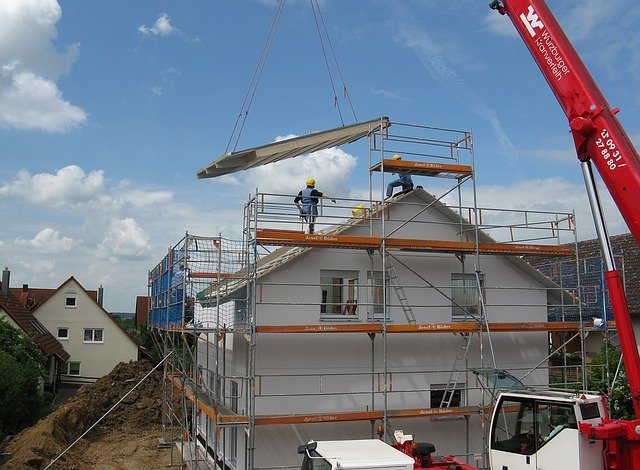New housing starts have increased significantly, reaching a near 50-year high as housebuilders sought to beat a net zero deadline.
According to new government data, developers started construction on 73,600 new homes during the second quarter of this year, up 34% compared to the corresponding period last year and the highest quarterly total on record since at least 1978.
Developers were under pressure to start projects ahead of a 15 June deadline that saw new homes subject to onerous regulations designed to cut carbon emissions from buildings.
Housing starts since mid-June are subject to the Future Homes Standard, which requires buildings to have low carbon technology installed, such as charging points for electric vehicles (EVs).
Andrew Wishart, head of housing service at Capital Economics, said: “Builders began work early to avoid having to conform with the Future Homes Standard.”
Under the rules, projects are exempt from the regulation so long as they began before the June deadline. It means housebuilders can start a project but are under no obligation to swiftly finish the scheme.
While new starts surged during Q2 2023, the number of housing completions dropped by 12% to 40,720 between April and June as developers slowed activity in response to a weak property market.
Wishart believes the hike in new starts will swiftly fall. Capital Economics forecasts housing starts will drop to just 15,000 between July and September. This would be the lowest quarterly total on record and nearly a tenth less than the low recorded during the depths of the financial crisis.
“Monthly data from the National House Building Council shows that housing starts being brought forward led to a collapse in starts in July and August,” Wishart added.
Capital Economics expects builders to make a start on 140,000 new homes this year, down a fifth compared to 2022 and less than half the government’s target of building 300,000 new homes a year.
To add, Wishart forecasts that housing starts will plummet to just 107,000 next year, which if accurate would be the lowest level of residential construction since 2012, following the global financial crisis.








